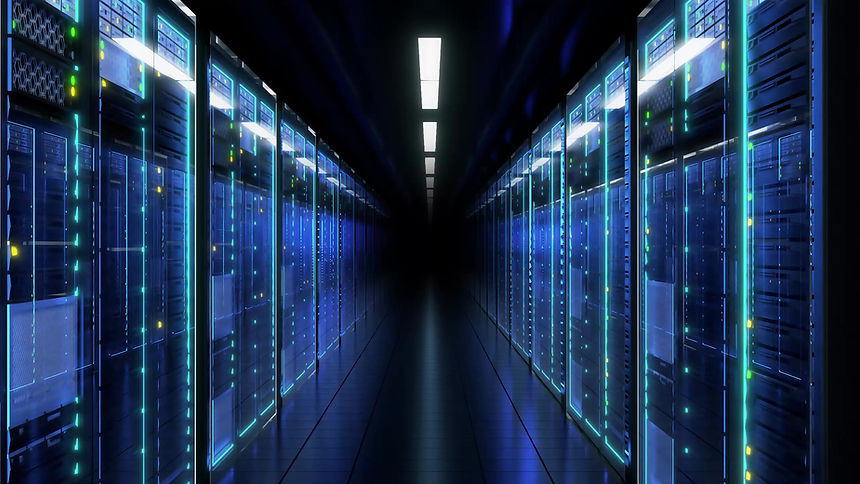Cognitive K.i. Empowering AI Solutions for Professionals in Diverse Fields

Deep Learning
Deep learning is a type of machine learning that uses artificial neural networks to learn from data. It's a key part of many AI applications, including image recognition, speech recognition, and natural language processing.

Deep Learning
k.i. - Deep Learning
Deep learning, a subset of machine learning, has revolutionized artificial intelligence (AI) by enabling computers to learn and make decisions from vast amounts of data. Deep learning mimics how the human brain processes information through a network of interconnected neurons. This approach suits complex tasks such as image and speech recognition, natural language processing, and even autonomous driving.
Deep learning architectures are primarily based on artificial neural networks (ANNs). These networks consist of multiple layers of nodes, or "neurons," each designed to perform specific transformations on input data. The simplest form of a neural network is the feedforward network, where information flows in one direction, from input through hidden layers to the output. By stacking these layers, deep learning models can capture hierarchical patterns in data, enabling them to recognize intricate features that traditional machine learning methods often overlook.
The training process of a deep learning model involves feeding it large datasets and adjusting the neural network's weights based on the outputs it generates. This is typically accomplished through a method known as backpropagation, which computes the gradient of a loss function that quantifies the difference between the predicted output and the actual target. By utilizing optimization algorithms such as Stochastic Gradient Descent (SGD), the model iteratively updates its weights to minimize the loss, thereby improving its predictive accuracy.
A distinctive aspect of deep learning is its ability to automatically extract features from raw data without needing explicit feature engineering. For example, in image recognition, the lower layers of a neural network may identify simple features such as edges and textures. In comparison, higher layers may recognize objects like faces or animals. This hierarchical learning process enables deep networks to generalize more effectively, making them exceptionally powerful in high data complexity tasks.

